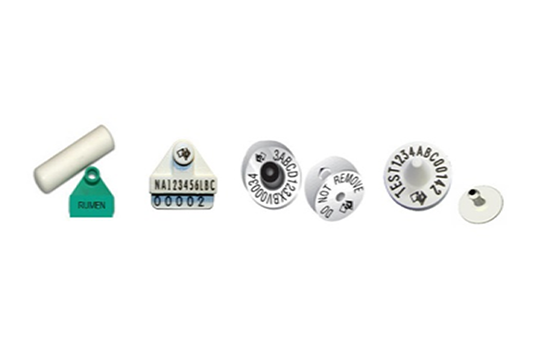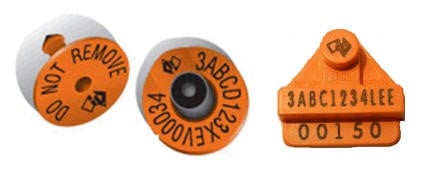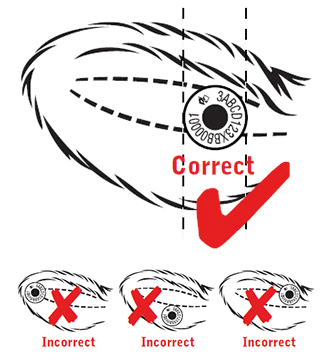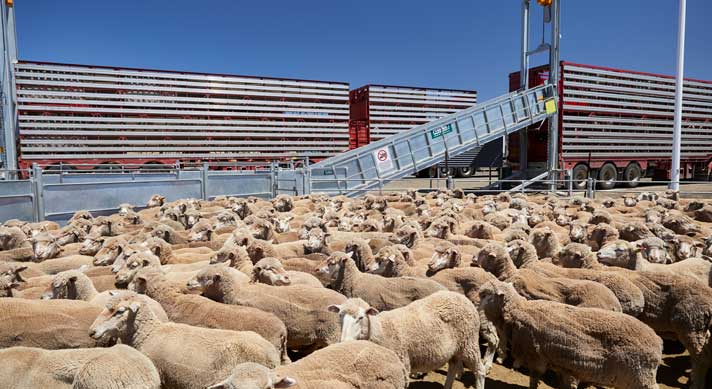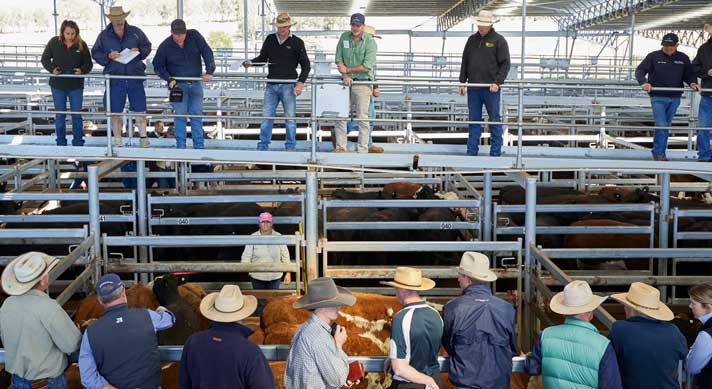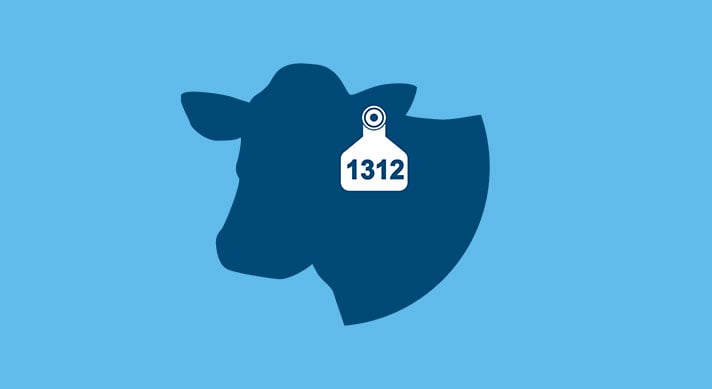NLIS tagging protocols for cattle
11 October 2022
-Min Read
Understand the actions you must take to identify cattle – including different tags, correct application and traceability regulations.
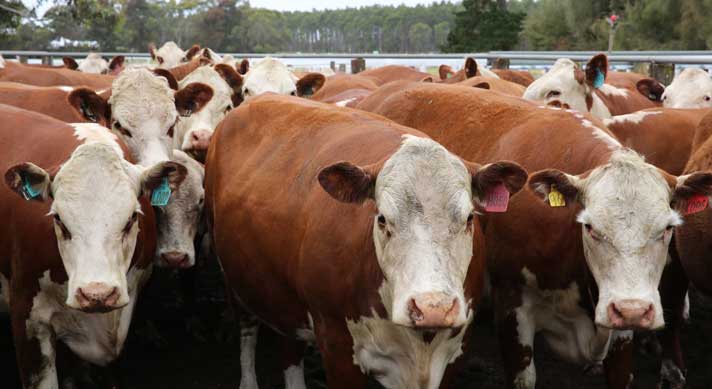
For more information on animal identification, visit: Animal Identification
